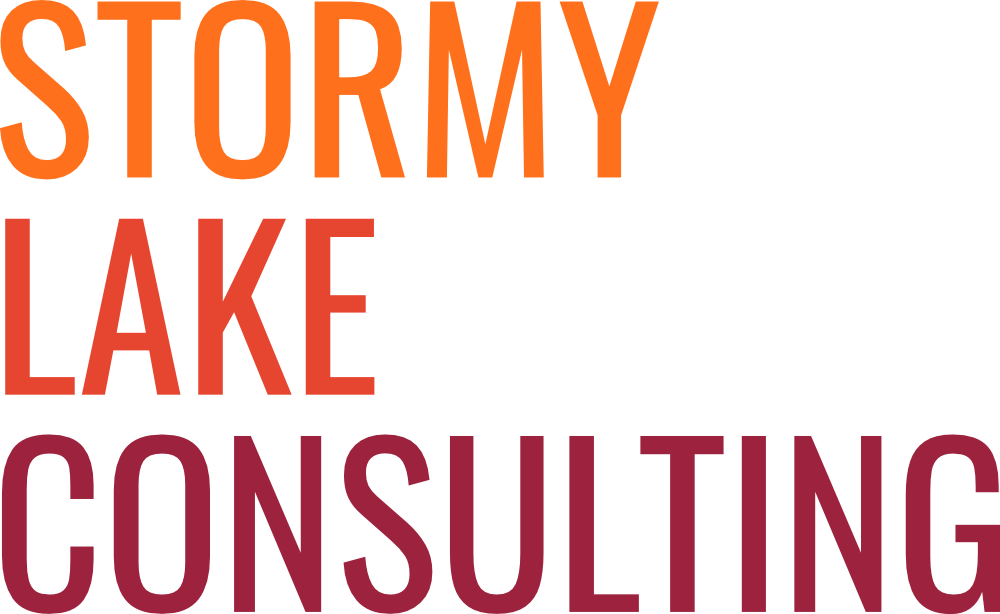The Weekly COVID Update: Bubbles Edition
In our work we frequently pay close attention to people’s behaviours. Whether in an interview environment or quietly observing on location, the non-verbal cues people provide tell a truth that their words may not.
Trips to the grocery store have been fascinating, specifically watching our new, elegant social distancing dance: the lean away, the slight hesitation, the longer pause, the “you’re walking against the arrow” shaming.
The existence of personal space isn’t new, but it is changing in ways that may have profound implications for how we navigate society.
Our personal space has four zones: intimate distance, personal distance, social distance and public distance. Regardless of culture or geography, we unconsciously maintain a personal safe space. Now the boundaries we maintain and the boundaries we respect are much larger.
The challenge is that the mandated 6 feet of social distance is significantly outside the space we have been creating for ourselves over thousands of years.
A consistent research finding in the field of Proxemics (word of the day) is that personal space expands with anxiety. If you score high on stress, if the experimenter stresses you ahead of time, or maybe you’re very worried about COVID-19, your personal space grows with respect to other people. If you’re put at ease, or the experimenter flatters you ahead of time, your personal space shrinks.
As people have differing levels of anxiety around COVID, the distance we keep between ourselves and other people can vary wildly and create significant stress and conflict.
In the 1990s, neuroscientists made a major breakthrough in understanding personal space with the discovery of a network of neurons in the brain that keeps track of nearby objects. These individual brain cells fire off bursts of activity when objects loom near the body. They coordinate the unconscious, hidden dance of personal space, computing a margin of safety and nuancing our movements and reactions to others. The mechanism works so smoothly that we don’t usually notice it.
These processes are un-intentional, non-conscious, relatively effortless, and run to completion once started, without any further conscious direction or guidance. And this is why it can be so difficult to recalibrate our distance from others around us.
Over-riding these automatic behaviours often requires being able to read body language. This is something that women do much better than men. In fact, men quite suck at it.
Researcher Monica Moore from Webster University in St. Louis found men often miss a woman’s first courtship signal. On average, women need to eye-gaze three times before a man takes notice.
In business, crossed legs are usually a sign of resistance and low receptivity and are a bad sign in a negotiation.
If you (men) need to get better at body language, pay attention to five things:
Eye contact
Posture (esp. leaning away when it comes to social space)
Firm handshakes
Genuine smiles
Proximity
As you examine your own body language, make sure you’re not the dreaded close talker.
In everyday language, when we’re talking about personal space, we’re asking, “May I come into your bubble?” – the way to ask permission to enter someone’s personal space in the enduring COVID world. (Also used as a pick-up line in crowded, virus-infested, intimate space bars.)
Other famous bubbles:
Bubble Tea. Global sales projected to grow by 8% a year over the next 6 years, reaching US$3.49 billion.
Dubble Bubble Gum. In case you’re wondering why Dubble Bubble just doesn’t quite taste the way you remember it, you’re not wrong. When it was bought by Tootsie Roll in 2003 the original 1928 recipe was changed.
Melody Yang’s world record breaking bubbles. Check out her mesmerizing video interview with Wired. It’s a beautiful image of what a social bubble world might look like.
The methane bubbles in Lake Abraham.
And, of course,
Establishing and maintaining personal space is universal, although there are differences in local social customs. Think Italians arguing in a café or Tokyo commuters lining up for the trains. These customs can seem quite different from the way things are at home.
But maybe we’re the ones who have strange customs. Information for visitors and immigrants highlight a number of Canadian customs they might find peculiar:
Waiting your turn in line.
Making eye contact, regardless of who you are talking to. But not staring.
Not littering.
Not talking loudly in public.
Not asking people why they aren’t married. Especially when it is obvious why not.
Sitting with our legs crossed or outstretched. It does not mean we are offended. We’re just comfortable.
Not talking about Quebec’s separatist notions.
All genders being equal in the workplace.
Waiting for everybody to get off the bus before you get on.
“Sorry”
Other things we have learned the hard way when dealing with Customs:
If you get a dog at a shelter in the US, you will probably have to pay duty on the neutering procedure because it was “added value”.
If you buy expensive wine in the US, enter Canada through Alberta where duties are lowest. You pay based on where you arrive, not where you live.
If you forget a sandwich in your carry-on when you return from Europe, the baguette-loving, drug-sniffing dog is going to call you out.
If you try to make them laugh… it’s not a good idea. Ever.
As is our custom at Stormy Lake, we wish you a happy and safe weekend and good luck on your audition for Dancing with COVID-19.


